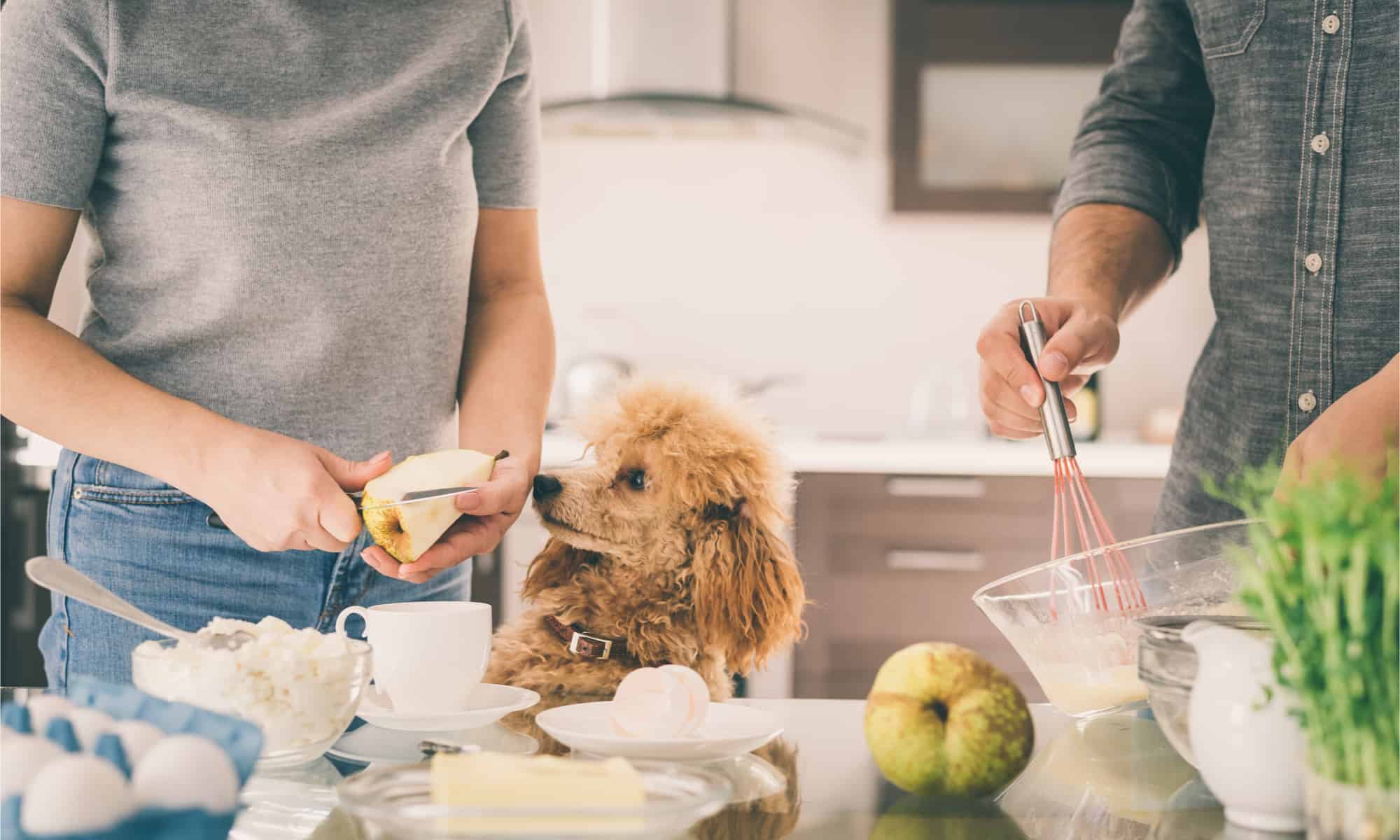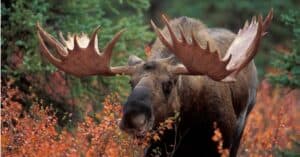Humans have been preparing food since the Stone Age. Our hunter-gatherer ancestors took a break from simply grabbing nuts and berries from trees and began heating meat and vegetables. That was at least 1.5 million years ago and the art of food preparation and cooking has come a long way since then! We manipulate our food in countless ways including cooking, pickling, salting, and smoking. We cut it up, chop it, dice it, puree it, and blend it to name just a few. But are we alone in doing this or do some animals prepare food? Here we examine which animals prepare food – here are eight of nature’s chefs!
Bigheaded Ants

Worker big-headed ants use larvae to prepare and serve their food.
©Cherdchai Chaivimol/Shutterstock.com
It is not unusual for ants to use their larvae to pre-digest solid food for them but recent research has shown that bigheaded ants take it a step further. They use larvae like kitchen gadgets. They place their food in a special groove located on the larvae’s belly. Obligingly, the larvae spit enzymes onto the food to break it down before letting the worker ants consume it. The larvae act like an oven and a plate combined into one!
Shrikes (Butcher Birds)
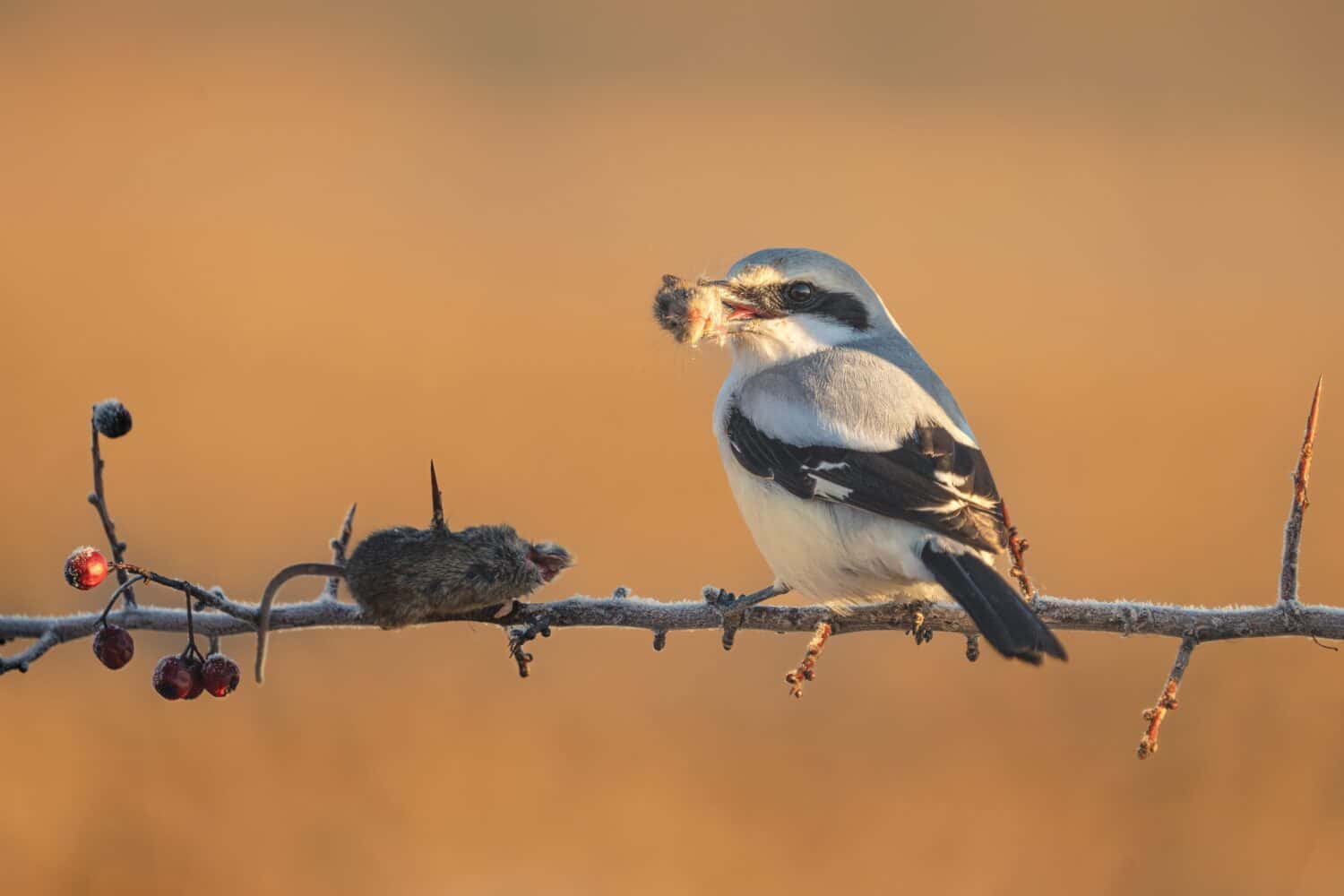
A shrike uses thorn bushes like a knife and fork.
©Dronenation/Shutterstock.com
Shrikes are called butcher birds for a very good reason. These innocent-looking birds have a macabre method of preparing their food. They need to rip away the flesh of their prey but need a kitchen utensil to help! So, they impale the carcasses of their kills on something sharp. It can be a thorn bush, or it could be a barbed wire fence. Once the prey is secured in place, they either eat it immediately or store it for later. They even prepare eastern narrow-mouth toads for consumption by leaving them on the spikes for a few days. This is long enough for the poisons in the toad’s skin to breakdown so that they can be consumed safely.
Capuchin Monkey
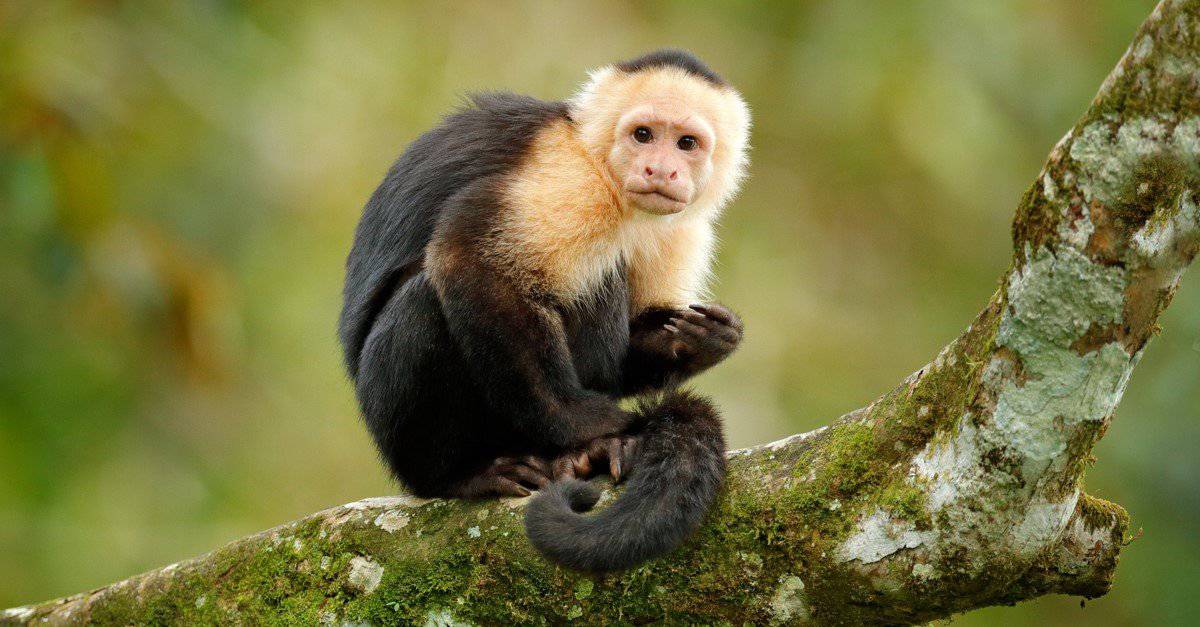
By leaving palm nuts in the sun, monkeys find them easier to crack open.
©Ondrej Prosicky/Shutterstock.com
The clever capuchin monkey has a method of preparing palm nuts. They have learned that if they tear off the husk and leave the nut in the sun for a while, it is easier to smash it open. Then, they are very good at selecting the right nutcracker – which is usually a large rock. They even select a flat rock as the food preparation surface to get the meal prepared most efficiently.
Japanese Macaques

Seasoning is important to Japanese macaques.
©bryan... / Flickr - Original
Preparing the vegetables is never the most exciting part of cooking so you may be surprised to learn that some monkeys do it too! Japanese macaques (Macaca fuscata) have been spotted cleaning potatoes before eating them. There are even reports of them cleaning them in saltwater rather than freshwater, presumably because they liked the taste. Every dish needs to be seasoned after all!
Chimpanzees
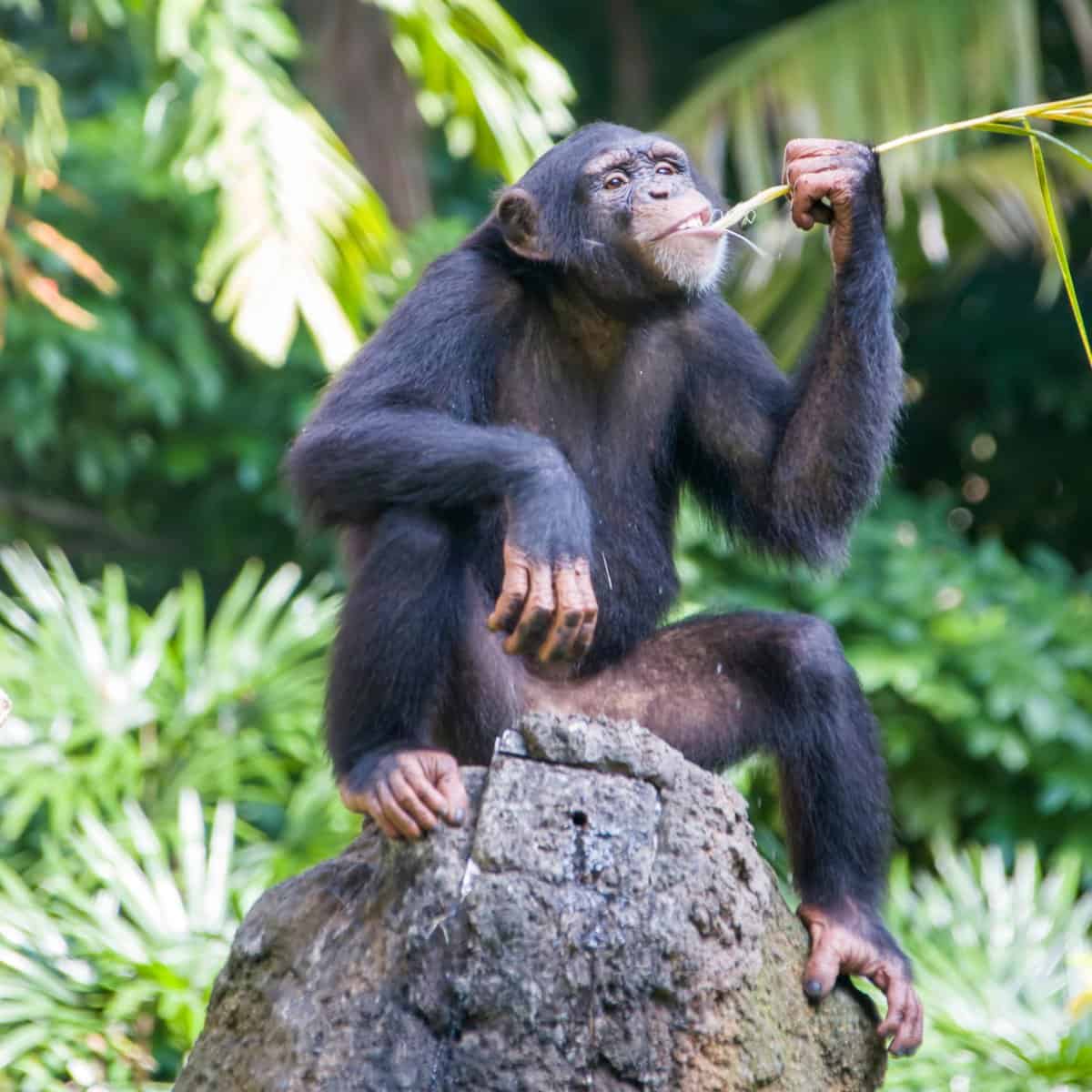
We can teach chimps to cook!
©Danny Ye/Shutterstock.com
Chimpanzees are our closest living relatives so it’s no surprise that they have tastes similar to us. Several studies into the food preferences of chimpanzees have shown that they prefer cooked foods to raw foods and are willing to store raw food in anticipation of the opportunity to cook it! Whilst chimpanzees do not control fire or cook food in the wild, captive chimpanzees are able to use cooking devices. More importantly, they choose to do so if they are given raw food and shown how the devices work.
Bearded Vultures
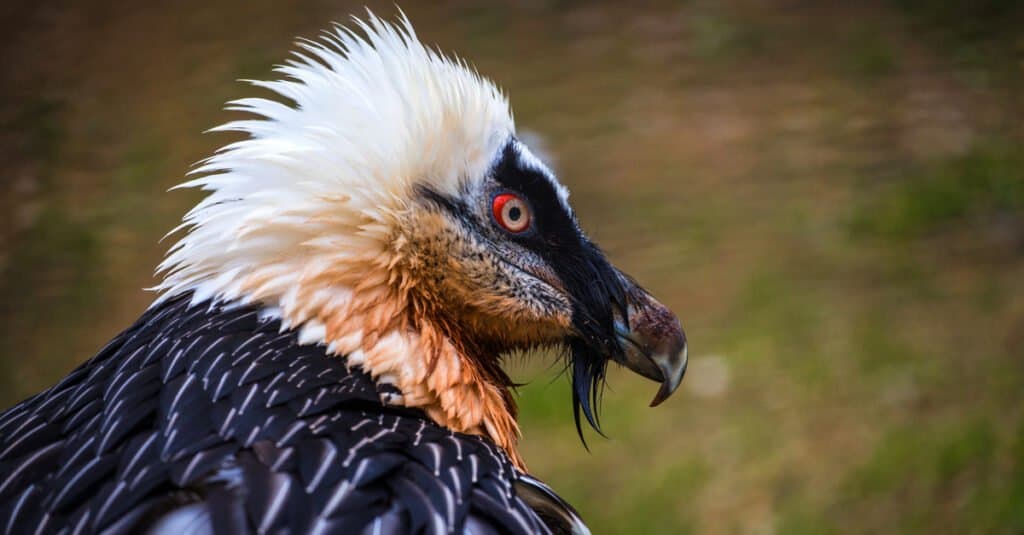
It may be brutal but vultures prepare their food by dropping it from a great height.
©jurra8/Shutterstock.com
When it comes to food preparation, the methods employed by bearded vultures may lack finesse but they get the job done. These birds feed almost exclusively on bone. The problem is that they need to extract the bone from the carcass. They have to remove the skin and flesh. Therefore, they pick up the whole thing and drop it from a great height onto the rocky landscape – repeatedly! Eventually, the carcass gets so smashed up that they can access the nutritious marrow in the middle of the broken bones. The vultures are clearly not worried about what their meal looks like!
Termites
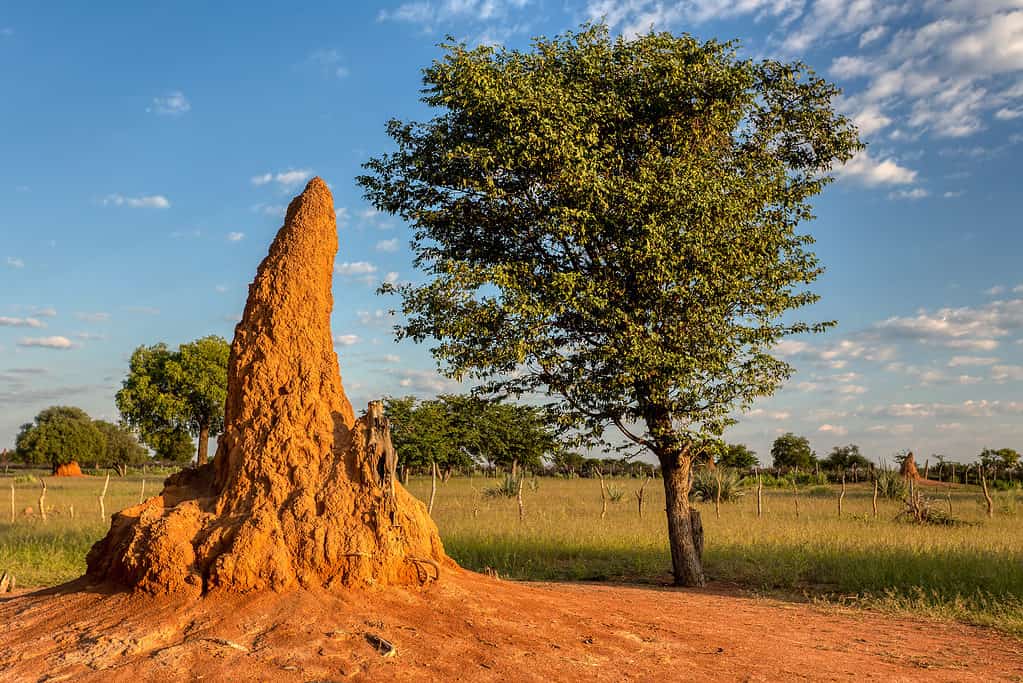
Mounds are maintained at just the right temperature to grow fungus.
©Artush/Shutterstock.com
Some termite species control the temperature of their food stores just like we do! They maintain the core temperature of their termite mounds so that it is just right for growing fungus. The resulting crop provides all the food that the colony needs. It’s remarkably similar to the way in which we prove the yeast (a fungus) in bread before cooking.
Yeti Crab

©Andrew Thurber, Oregon State University, CC BY-SA 2.0, via Wikimedia Commons - Original / License
Next time you grow your own herbs on the window sill think of the yeti crab! These extraordinary animals prepare food on their hairy claws. The crabs live around the methane vents on the ocean floor near Costa Rica. They wave their claws in the gas bubbles so that the bacteria can get the oxygen and sulfides they need to grow. Then, they use their mouthparts to scrape the prepared food from their bristles. No knife or fork is required!
Thank you for reading! Have some feedback for us? Contact the AZ Animals editorial team.

